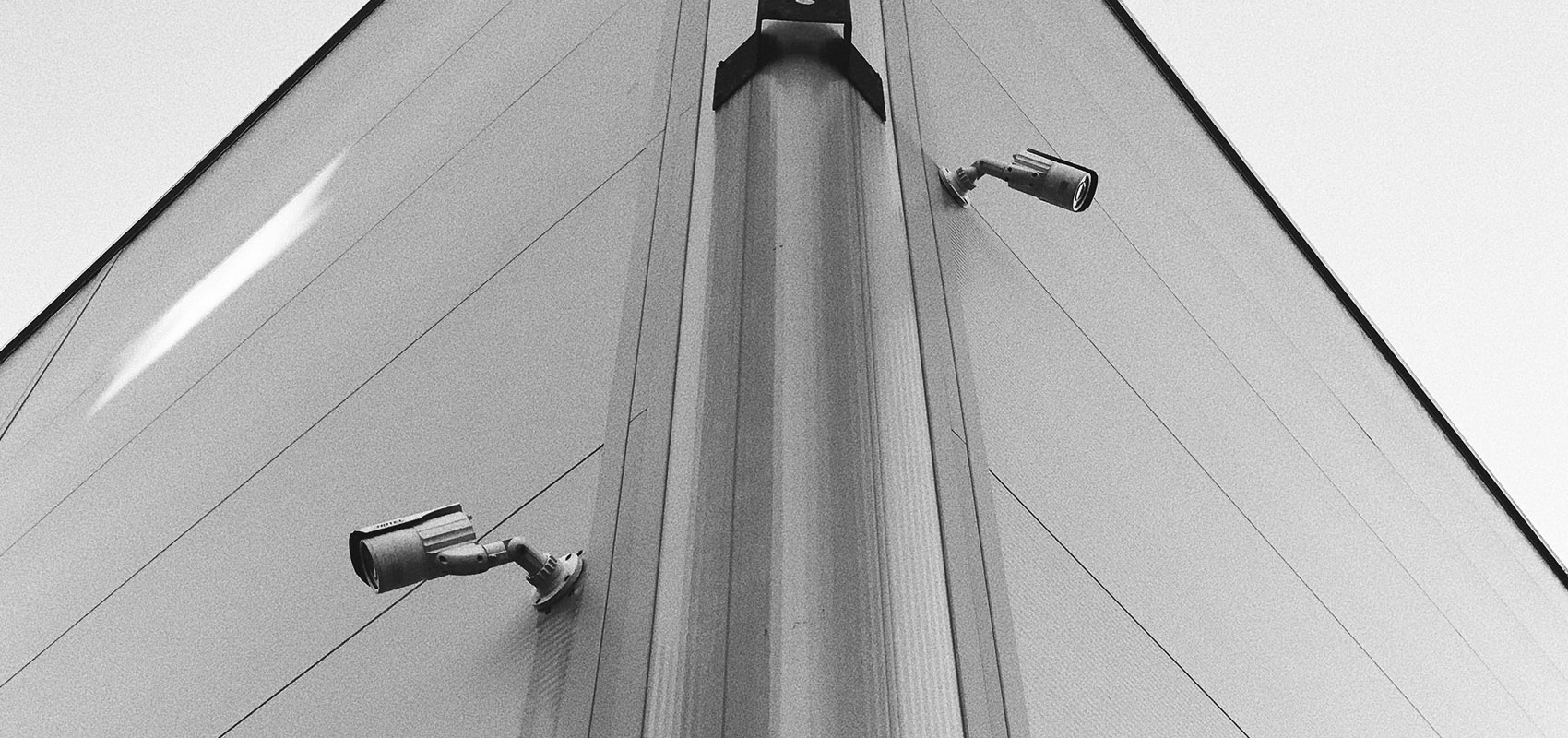
Don’t get nicked by “Z-Shave”
While malware hacks such as WannaCry, Fancy Bear and Petya get widespread news coverage, Z-Shave “Man in the Middle” attacks could be much more relevant to the world of IoT. As Catalin Cimpanu writes in this article, the Z-Shave vulnerability could impact more than 100 million devices that use the Z-Wave wireless protocol! The Z-Shave attack exploits the fact that two wireless “Things” that are designed to talk to each other never know if a third, malicious Thing has been eavesdropping and has corrupted the communication link between the two. The Z-Shave attack uses this vulnerability as a point of entry for the attacker to either broach into a larger network, or to facilitate the theft of data collected by the Thing.
At Thirdwayv, we believe that a more holistic security strategy is required so that the security vulnerabilities of a specific wireless protocol is less relevant to the overall security of the system. Whether its Z-wave or Bluetooth Low Energy (BLE) or WiFi or something thing entirely different, this end-to-end, “security by design” approach provides a great assurance to Thirdwayv customers that their deployments are successful and that their data is safe.
Talk to Thirdwayv for more information on how your system can be better protected against Man in the Middle and other cyber attacks.
Connected. Protected. Thirdwayv.
Related Posts
Popularity of Remote Patient Monitoring Skyrockets — Is it Secure?
A recent report from commercial intelligence platform provider Definitive Healthcare revealed that remote patient monitoring insurance reimbursement claims rose 1,294% from January 2019 to November 2022. It’s likely that a desire to minimize contact during the pandemic drove much of this demand. But remote patient monitoring claims continued to grow even after people resumed face-to-face…
Countdown to Safer Medical Devices
A six-month clock started ticking late last year, counting down to the FDA’s new deadline for updating its public-facing guidance for improving the cybersecurity of medical devices. This requirement became law on Dec. 29, 2022, as part of a $1.7 trillion Omnibus Appropriations Bill that also includes new rules for submitting applicable medical devices to…
Getting Real about Real-Time Location Systems
Real-Time Location Systems, or RTLS, emerged in the 1990s for use by government and military entities. The technology has been adopted in manufacturing, logistics and aerospace applications for years. Now it is coming into its own in a growing variety of other applications, from healthcare consignment inventory management to retail item tracking. It’s time to…



